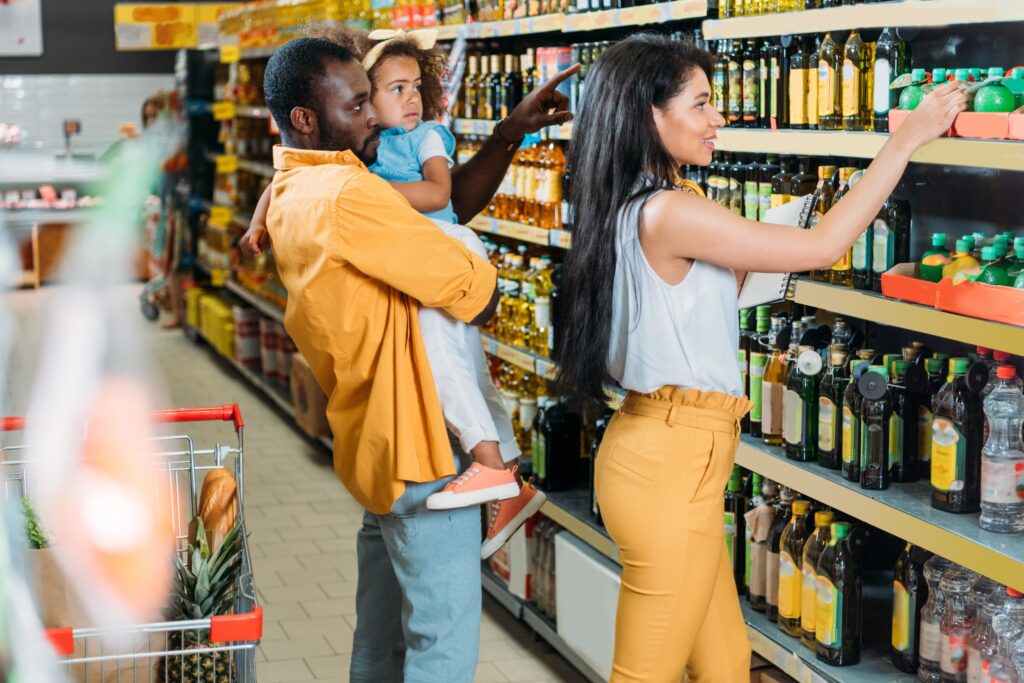
In the world of consumer-packaged goods, your product’s packaging is not just a container—it’s a vital communication tool that can make or break your product’s success. Real talk: you have 3-5 seconds to catch a shopper’s attention. After that, they move on. In my years as a CPG consultant, I’ve seen firsthand how effective packaging can elevate a product from good to great. Here are some essential do’s and don’ts for entrepreneurs looking to make their mark in the market.

DO:
- Showcase Serving Suggestions: Your product should occupy 30-40% of the package face. This visual representation helps consumers envision how the product can be used, making it more appealing and relatable.
- Make Your Branding Prominent: Your brand’s logo and trademark should be easily identifiable. This not only reinforces brand recognition but also assures consumers of the product’s authenticity.
- Choose Colors Wisely: The colors of your packaging should reflect the personality of your product. Colors carry a subliminal message, so make sure yours are saying what you want them to. A well-thought-out color scheme can evoke emotions and associations that align with your brand’s identity. Consider developing a brand kit to ensure consistency across all marketing materials.
- Highlight Key Claims: If your product boasts special features like being Keto, Soy-Free, or Gluten-Free, make these claims prominent on the packaging. This instantly communicates the product’s unique selling points to health-conscious consumers.
- Prioritize Clarity: Think about what you want consumers to notice in the 3-5 seconds they glance at your package. For example, one of my clients highlighted “LENTIL SAMOSA” in a large font on a clean white background to differentiate it from other samosas on the shelf.
DON’T:
- Overcomplicate the Design: A cluttered package can be overwhelming and off-putting. Keep the design simple and focused, ensuring that the essential elements are easy to find and understand.
In conclusion, packaging is a crucial element of your product’s marketing strategy. It’s the first thing consumers see and the last thing they remember. By following these guidelines, you can create packaging that not only protects your product but also effectively communicates its value and uniqueness to your target audience. Remember, in the competitive landscape of consumer-packaged goods, your packaging can be the deciding factor between your product being picked up or passed over.
